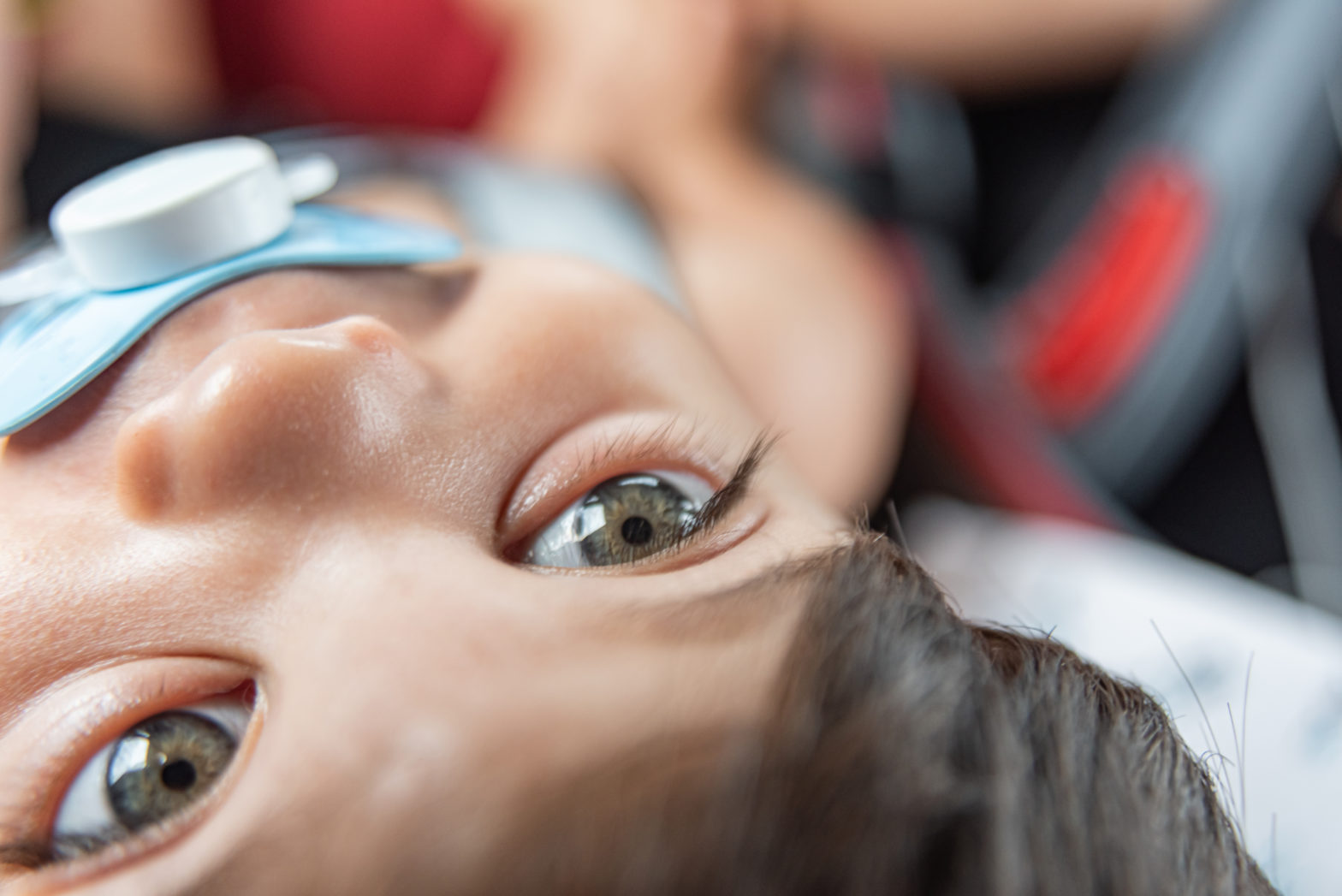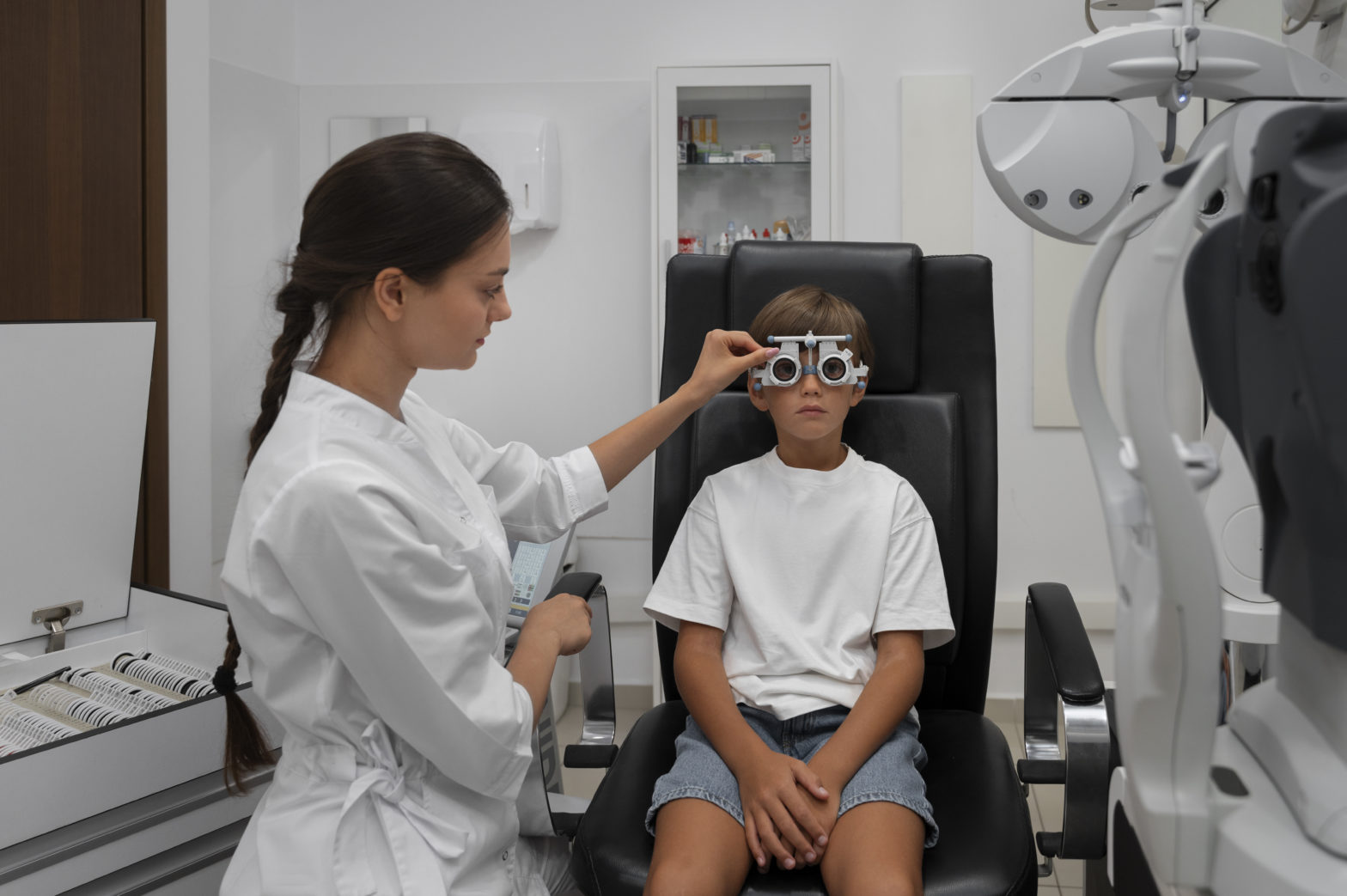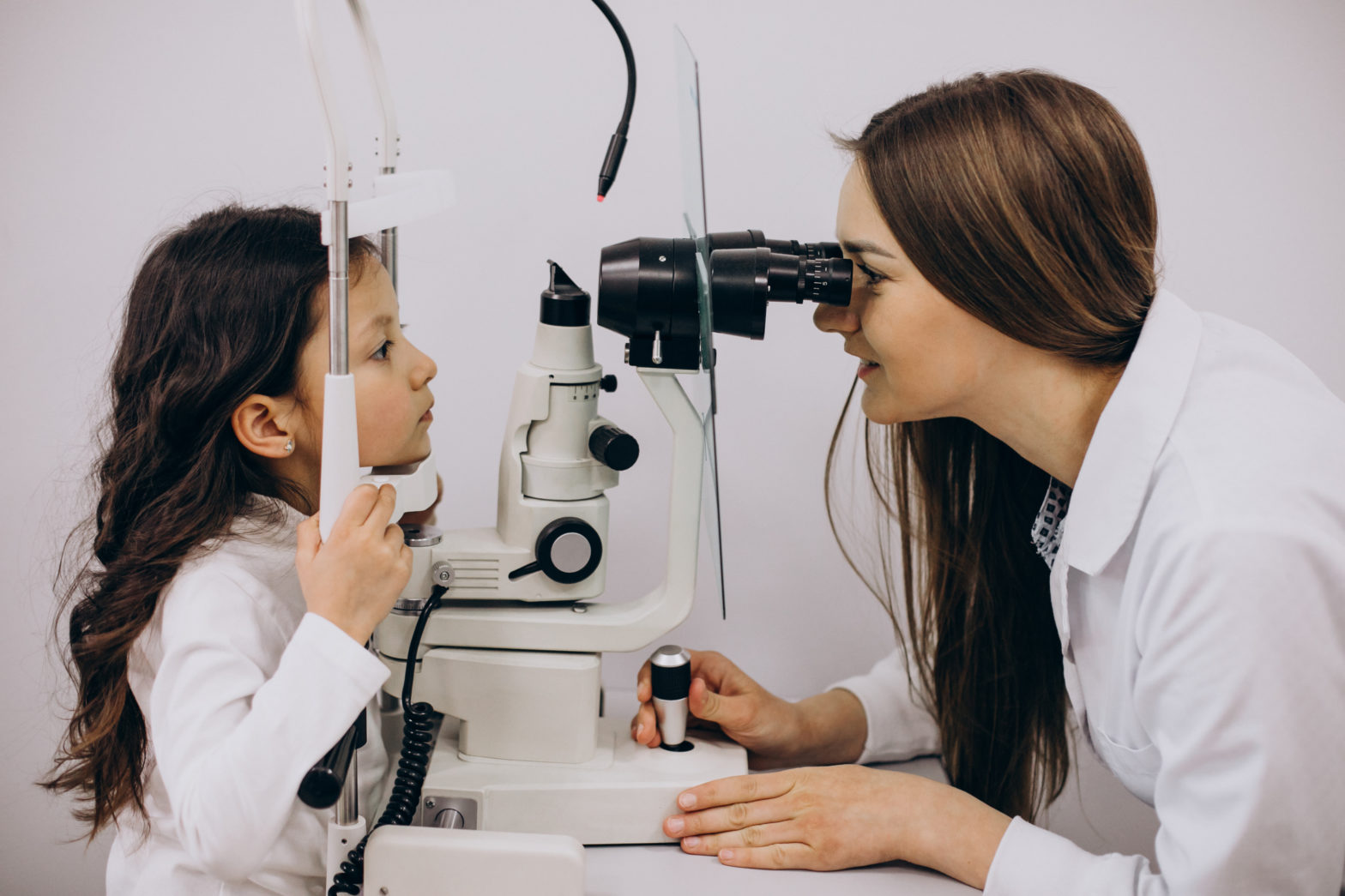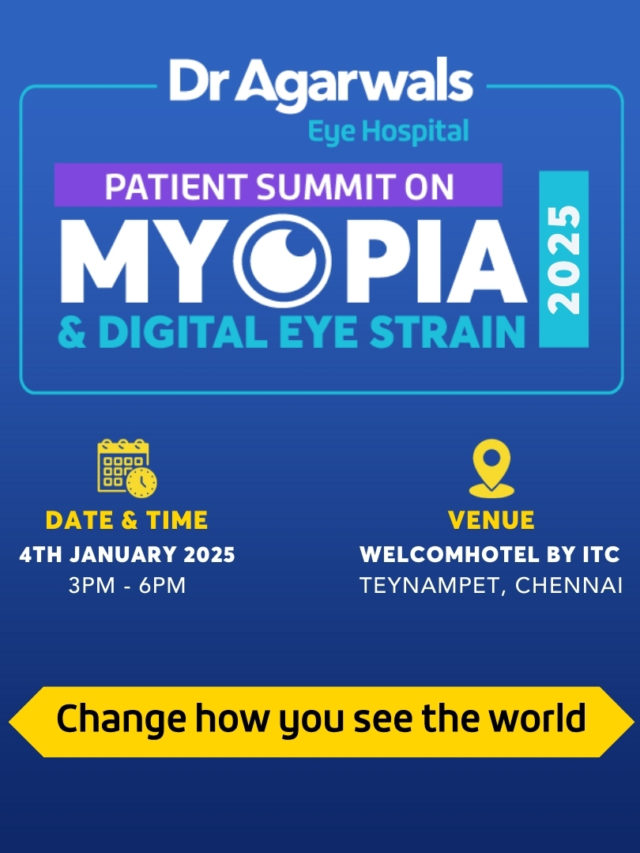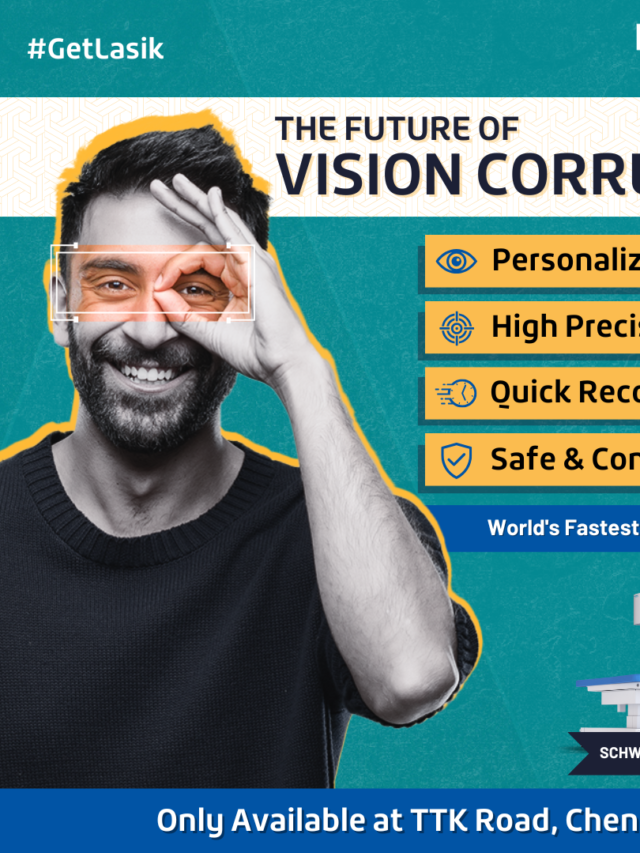Have you ever wondered why some children wear glasses at a young age while others boast perfect vision well into adulthood? The answer often lies within their genes. Genetics is a powerful force that shapes much of a child’s development, and eye health is no exception. From common childhood eye conditions to specific disorders like childhood astigmatism, understanding the genetic link can help families take proactive steps toward healthier vision. Let’s explore how genes hold the key to many childhood vision problems and what parents can do to safeguard their child’s eyesight.
How Genetics Influence Childhood Vision Problems
Eyesight is an intricate gift governed by a blend of genetic and environmental factors. Genetic predispositions can affect the shape of the eye, the strength of the cornea, and how the retina processes visual signals. Children inherit eye traits from their parents, making some vision problems unavoidable. For example, if both parents are myopic (nearsighted), their child is more likely to develop the condition as well.
Here’s a closer look at how genetics contribute to specific childhood vision problems:
1. ஒளிவிலகல் பிழைகள்
Conditions like nearsightedness, farsightedness, and astigmatism often run in families. Genetics dictate the overall structure of the eye, which directly impacts how light is bent and focused. In children with a genetic predisposition, small abnormalities in the eye’s curvature can lead to ஒளிவிலகல் பிழைகள், affecting their ability to see clearly.
2.Childhood Astigmatism
Astigmatism occurs when the cornea is irregularly shaped, causing blurry vision. Genetic influences play a major role in this condition, often presenting alongside other refractive errors like myopia or hyperopia. Children with a family history of astigmatism may develop it early, but early intervention through eyeglasses or corrective measures can help them adapt and succeed in school.
3.Strabismus (Crossed Eyes)
Often linked to genetic mutations affecting muscle control around the eyes, strabismus can make it difficult for children to focus both eyes on the same object. If left untreated, it may lead to more serious vision issues, such as amblyopia (lazy eye). Detecting genetic predispositions can make early diagnosis possible and improve outcomes.
Common Childhood Eye Conditions with a Genetic Link
While not every childhood eye condition stems from genetics, many do have hereditary components. The following common childhood eye conditions often run in families:
1.Amblyopia (Lazy Eye)
When one eye becomes weaker than the other, it may be due to a genetic predisposition combined with environmental factors. Early detection is critical because the developing visual system can be retrained before the age of 8, beyond which correction becomes more challenging.
2.Congenital Cataracts
கண்புரை in children may sound surprising, but they can result from genetic mutations affecting lens development. Left untreated, this condition can impair vision permanently. Modern advancements, including genetic screenings, now help detect congenital cataracts at birth, providing opportunities for early treatment.
3.Retinitis Pigmentosa
This rare genetic disorder affects the retina and causes progressive vision loss. Symptoms often begin in childhood, including night blindness and tunnel vision. Although there is no cure, early diagnosis through genetic testing can help manage symptoms and slow progression.
The Role of Early Detection: Why Eye Exams Matter
Since many genetic eye conditions are present at birth or develop early, regular pediatric eye exams are essential. The American Academy of Pediatrics recommends children undergo their first comprehensive eye exam at 6 months, followed by another at age 3. Detecting problems early, especially conditions like childhood astigmatism or amblyopia, is key to ensuring timely interventions.
During these exams, specialists evaluate:
- Visual acuity and depth perception
- Eye alignment and movement
- Signs of refractive errors or underlying genetic issues
Parents should remain vigilant for signs of visual struggles in children, including squinting, frequent eye rubbing, and difficulty focusing on objects. Even mild vision issues can affect academic performance, making regular check-ups a must.
Beyond Genetics: Environmental Influences on Eye Development
While genetics set the blueprint for a child’s visual development, environmental factors such as screen time, outdoor activities, and nutrition play a complementary role. Excessive screen use has been linked to digital eye strain and worsening myopia, underscoring the need for moderation. Conversely, outdoor play promotes healthy eye development and may even reduce the risk of nearsightedness.
Parents with a family history of childhood vision problems should create an eye-friendly environment at home by:
- Limiting screen exposure
- Encouraging outdoor activities
- Maintaining a balanced diet rich in vitamins A, C, and E, as well as omega-3 fatty acids
Genetic Testing: The Future of Eye Care
As medical research advances, genetic testing is becoming a powerful tool in pediatric eye care. These tests can identify hereditary risks for common childhood eye conditions, allowing for early interventions. For families with a history of severe vision disorders, consulting a genetic counselor could provide valuable insights into potential risks and preventive measures.
For example, if a child is genetically predisposed to conditions like childhood astigmatism or retinitis pigmentosa, early corrective action—whether through glasses, patch therapy, or advanced treatment options—can greatly improve their quality of life.
Knowledge is Power
Understanding the genetic basis of eye health equips parents to make informed decisions about their child’s vision care. While genetics may predispose some children to childhood eye conditions, proactive measures like regular eye exams, early intervention, and creating a nurturing environment can help mitigate risks.
By embracing genetic knowledge and coupling it with modern medical advancements, we can help children not just see the world but experience it fully and vividly. In a future where precision medicine may play a larger role, early genetic screenings could redefine how we approach pediatric eye health.
So, if you have a family history of childhood vision problems, don’t wait for symptoms to appear—prioritize your child’s vision check-up today. After all, healthy vision is a gift worth safeguarding for generations to come.

